Hidden Lake Gardens, Tipton, southeastern Michigan: F. D. Richards, CC BY SA 2.0, via Flickr @ https://www.flickr.com/photos/50697352@N00/10210658845/
Barrington Court, Somerset, southwestern England: Pengannel, CC BY 2.0, via Flickr @ https://www.flickr.com/photos/pengannel/5497155323/
Kitee, North Karelia Region, southeastern Finland: Antti Bilund (AB from Finland), CC BY-SA 3.0, via Wikimedia Commons @ https://commons.wikimedia.org/wiki/File:Aconitum_lycoctonum_flower_front_1_AB.jpg
USDA Soil Conservation Service, "Willow Amsonia Amsonia tabernaemontana Walt.", Midwest Wetland Flora (1989): Robert H. Mohlenbrock @ USDA-National Resources Conservation Service (NRCS), Public Domain, via USDA PLANTS Database @ https://plants.usda.gov/home/plantProfile?symbol=AMTA2; R. Mohlenbrock, Midwestern Wetland Flora (1989), via Biodiversity Heritage Library @ https://www.biodiversitylibrary.org/page/47568930
Genoa, Liguria Region, northwest Italy: Hectonichus, CC BY-SA 3.0, via Wikimedia Commons @ https://en.wikipedia.org/wiki/File:Rutaceae_-_DIctamnus_albus.JPG
Stachys lanata and Stachys olympica are scientific synonyms for this drought-tolerant plant.: Jean-Pol Grandmont, CC BY-SA 3.0, via Wikimedia Commons @ https://en.wikipedia.org/wiki/File:0_Stachys_byzantina_-_Yvoire_(2).JPG
Genus name honors use of loosestrife by Thracian King Lysimachus (c360 BC–281 BC) to quell mad bull.: Hectonichus, CC BY 3.0, via Wikimedia Commons @ http://en.wikipedia.org/wiki/File:Myrsinaceae_-_Lysimachia_clethroides-2.JPG
'Excelsior Group' is appreciated for large trumpets with refined coloring.: Wouter Hagens (Wouterhagens), Public Domain, via Wikimedia Commons @ https://commons.wikimedia.org/wiki/File:Digitalis_purpurea_Excelsior_A.jpg
Vladimir Oblast, central Russia: Dmitriy Konstantinov, CC BY SA 3.0, via Wikimedia Commons @ https://commons.wikimedia.org/wiki/File:Geranium-macrorrhizum-'Bevan’s-Variety'.jpg
Choceň, Pardubice Region, central Czech Republic: Petr Filippov (Don Pedro28), CC BY SA 3.0, via Wikimedia Commons @ https://commons.wikimedia.org/wiki/File:Lamium_maculatum2.JPG
Mount Auburn Cemetery, Cambridge, Massachusetts: Rizka, CC BY SA 4.0, via Wikimedia Commons @ https://commons.wikimedia.org/wiki/File:Doll's_Eyes,_Mount_Auburn_Cemetery,_Cambridge,_Massachusetts.jpg
Idaho National Laboratory (INL), Bingham County, southeastern Idaho: Matt Lavin, CC BY-SA 2.0, via Wikimedia Commons @ https://commons.wikimedia.org/wiki/File:Artemisia_ludoviciana_(5144352432).jpg
Karlsruhe, Baden-Württemberg, southwestern Germany: H. Zell, CC BY-SA 3.0, via Wikimedia Commons @ https://commons.wikimedia.org/wiki/File:Lavandula_angustifolia_002.JPG
Real Jardín Botánico de Madrid, central Spain: Cillas, CC BY-SA 4.0, via Wikimedia Commons @ https://commons.wikimedia.org/wiki/File:Narcissus_'Dutch_Master'.JPG
Astilbe 'Deutschland' in Belgium: Wouter Hagens (Wouterhagens), Public Domain, via Wikimedia Commons @ https://commons.wikimedia.org/wiki/File:Astilbe_Japonica_Deutschland_B.jpg
A picturesque common name for Centranthus ruber is scarlet lightning.: Wouter Hagens (Wouterhagens), Public Domain, via Wikimedia Commons @ https://commons.wikimedia.org/wiki/File:Centranthus_ruber_A.jpg
University of British Columbia Botanical Garden: Stan Shebs, CC BY-SA 3.0, via Wikimedia Commons @ https://en.wikipedia.org/wiki/File:Santolina_virens_1.jpg
garden in France: JLPC, CC BY-SA 3.0, via Wikimedia Commons @ https://commons.wikimedia.org/wiki/File:Santoline_petit-cyprès_FR_2012.jpg
1972 photo by Mark St. Gil (1924-1992)/Environmental Protection Agency (US National Archives ID 412-DA- 3745): The U.S. National Archives, No known copyright restrictions, via Flickr @ https://www.flickr.com/photos/usnationalarchives/3704380182/
"Deer hanging out by neighbor's garage": Melissa Gutierrez (oddharmonic), CC BY-SA 2.0, via Flickr @ https://www.flickr.com/photos/oddharmonic/6157727530/
doe in Pennsylvania: Marc Banks (L'eau Bleue), CC BY SA 2.0 (https://creativecommons.org/licenses/by-sa/2.0/), via Flickr @ http://www.flickr.com/photos/marcbanksphotos/5194681267/
piebald whitetails in field, National Conservation Training Center: Brett Billings/USFWS, Public Domain, via USFWS National Digital Library @ https://digitalmedia.fws.gov/digital/collection/natdiglib/id/16822/


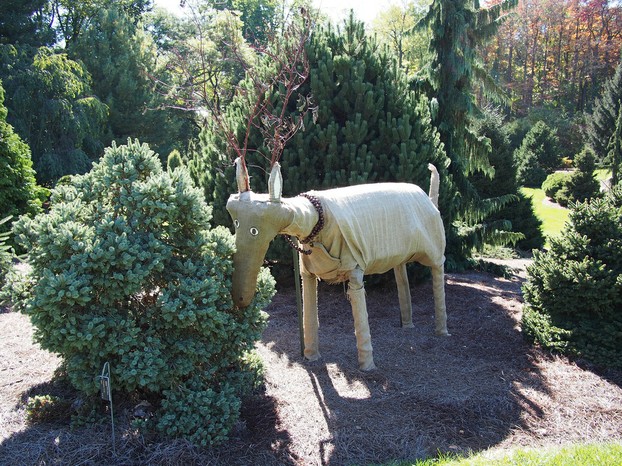
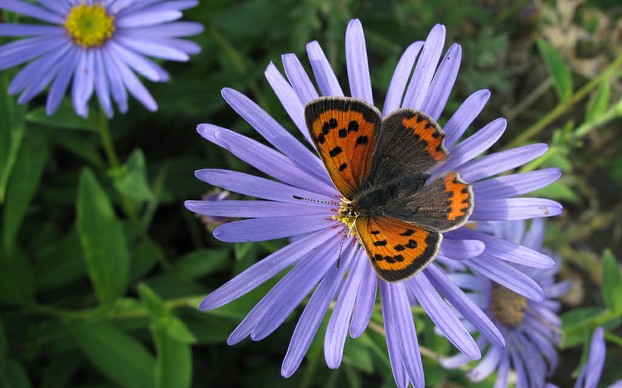
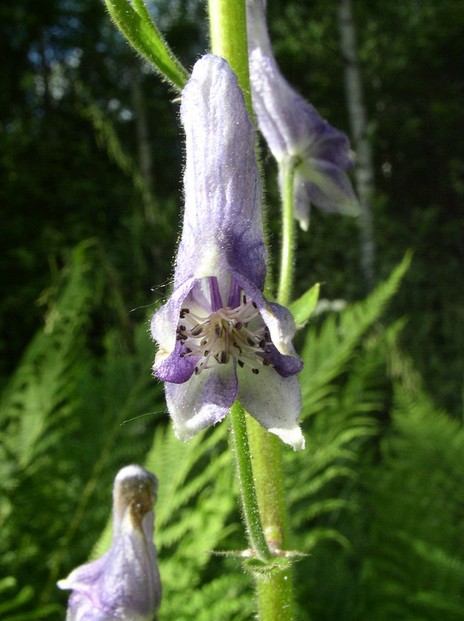
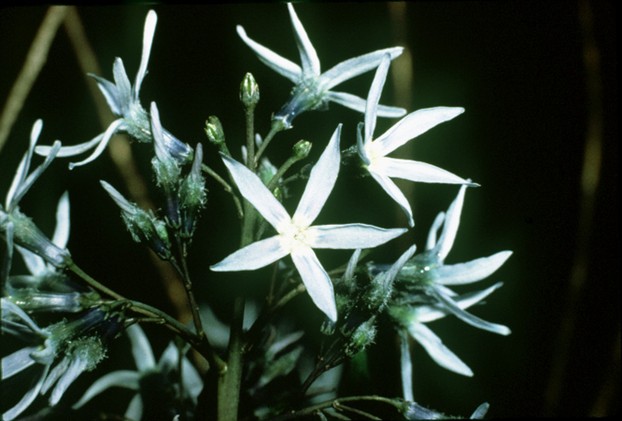
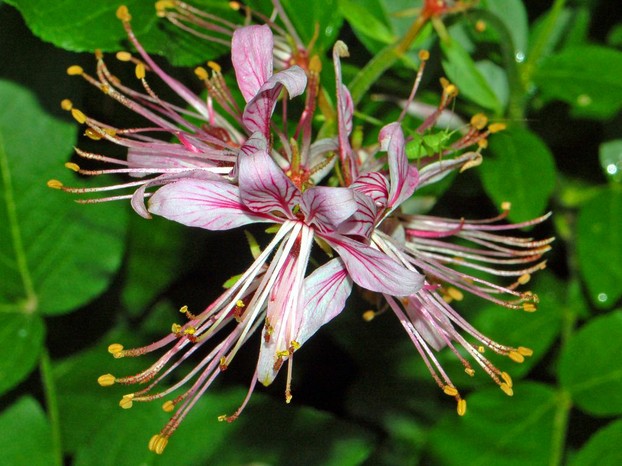
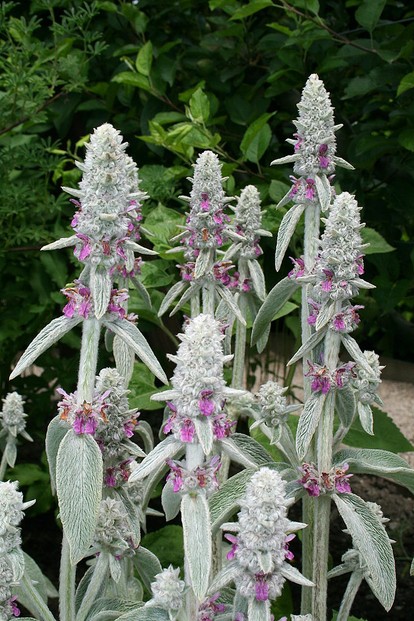
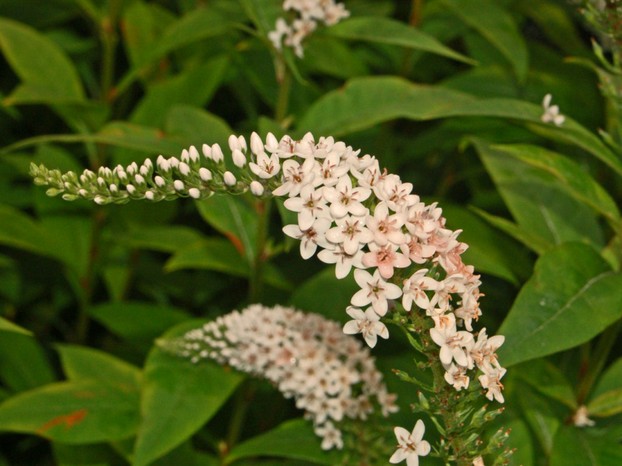
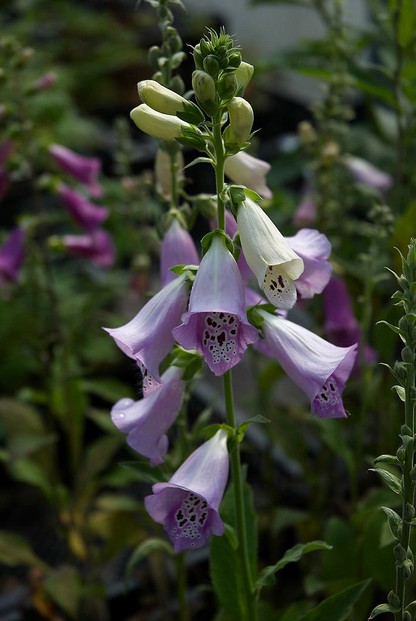
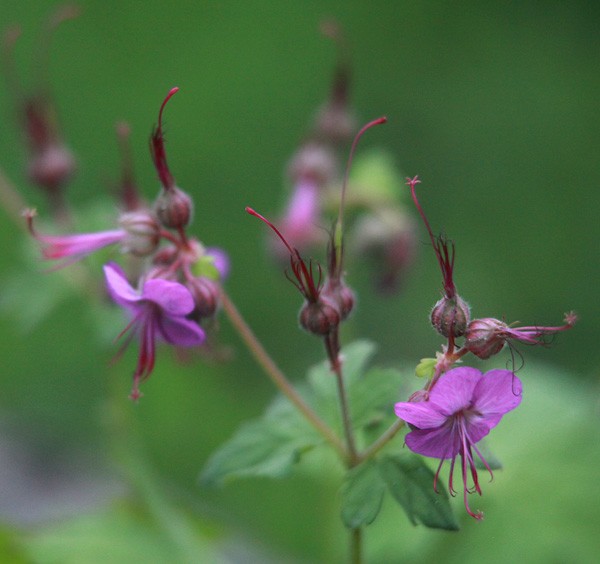
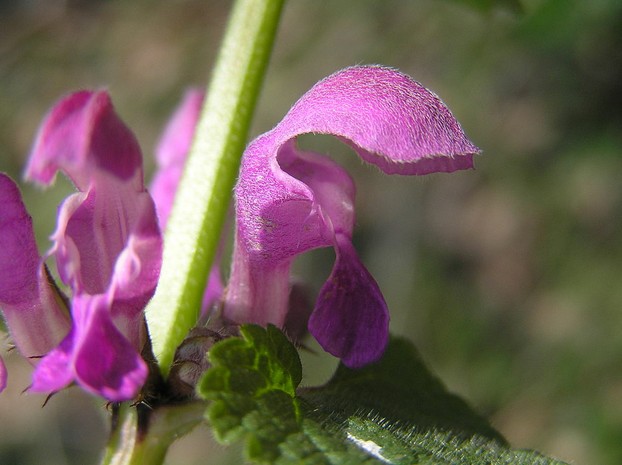
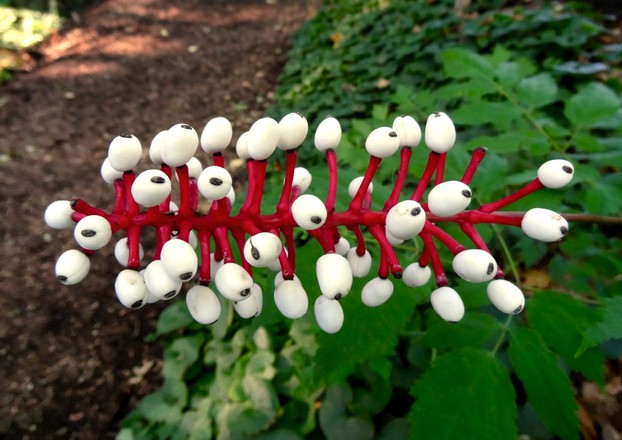
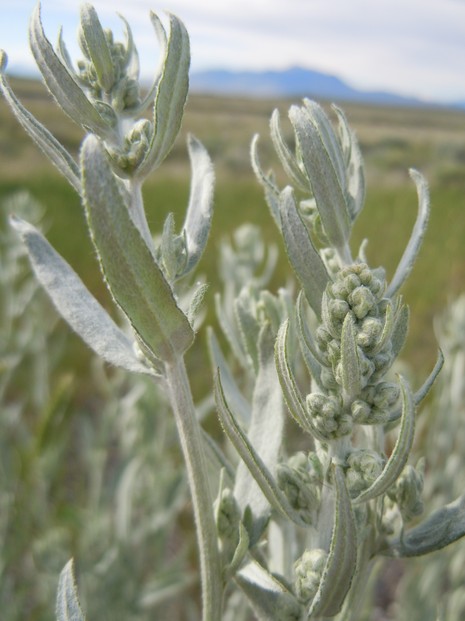
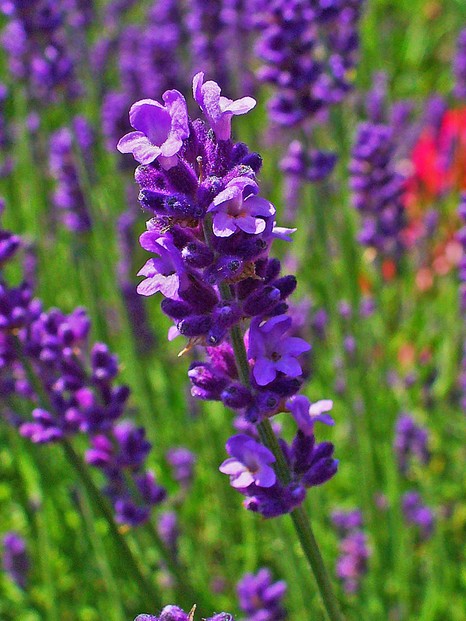
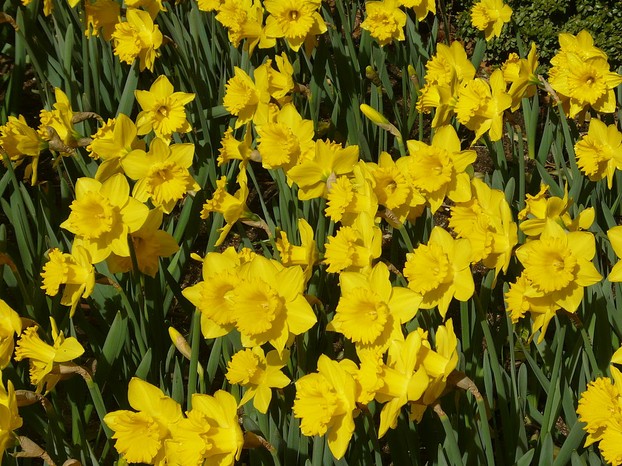
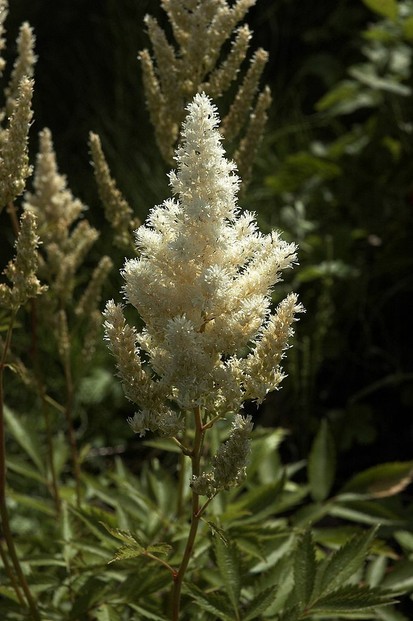
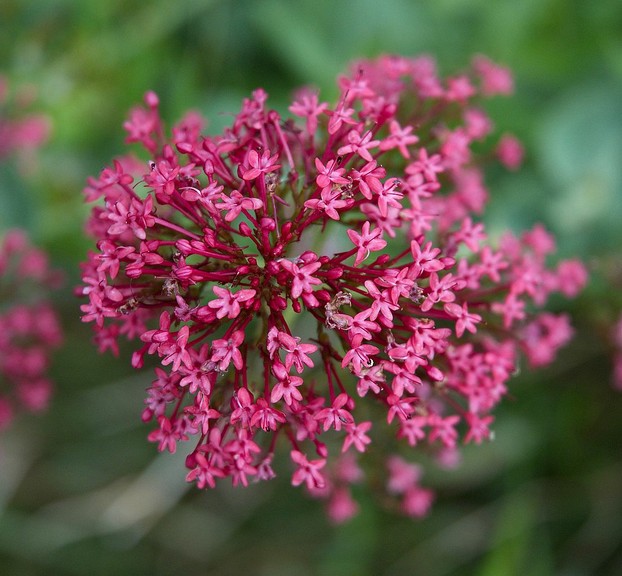
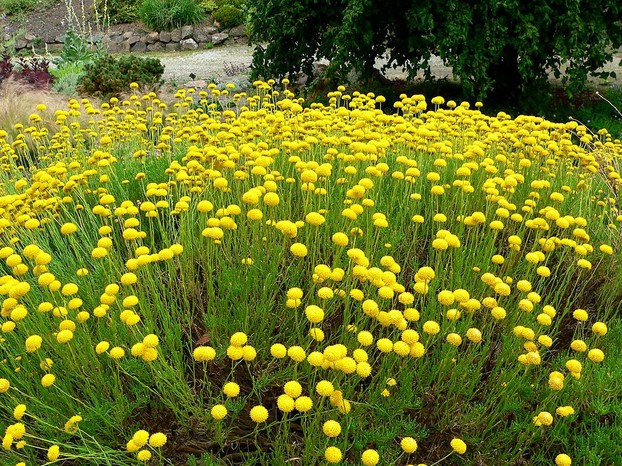
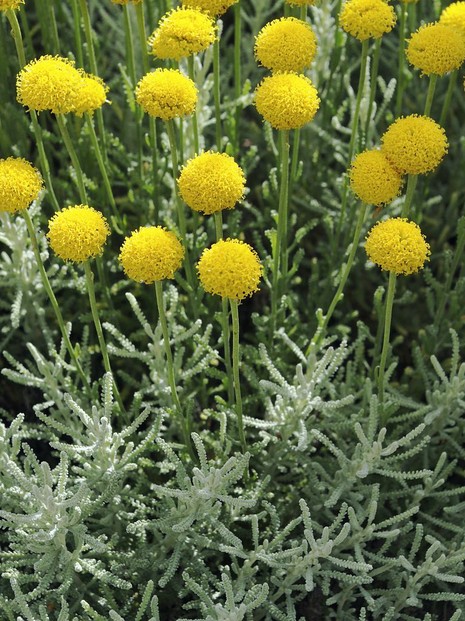
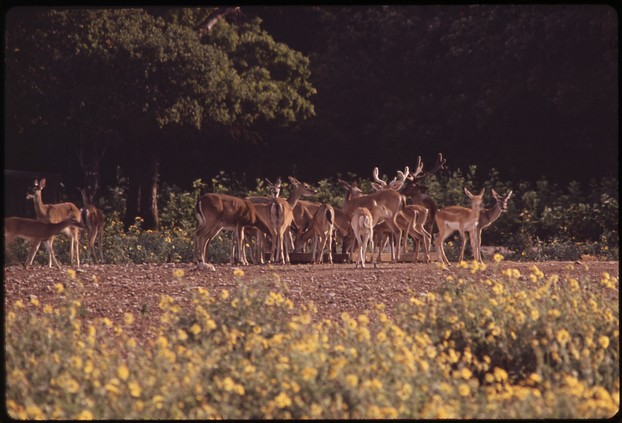
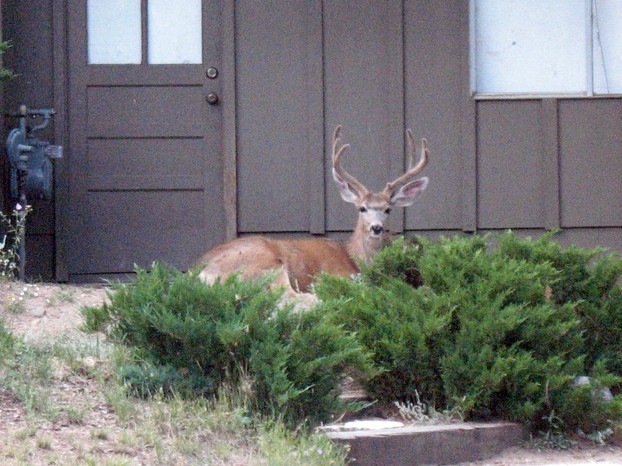
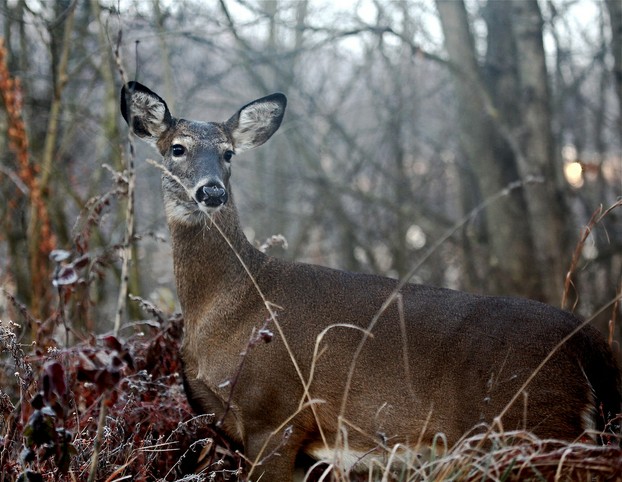
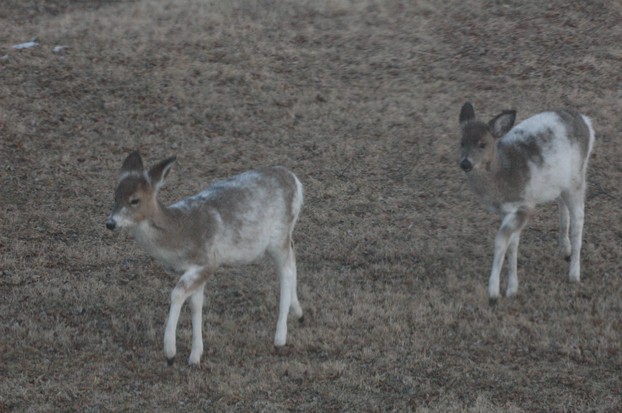







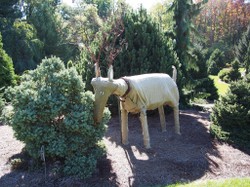

 Are Hawaiian Huakai Po Nightmarchers Avenging Halloween Thursday?on 10/02/2024
Are Hawaiian Huakai Po Nightmarchers Avenging Halloween Thursday?on 10/02/2024
 Mailing Addresses for 2023 Form 4868 Extending 1040 and 1040SR April 15, 2024, Due Dateon 04/15/2024
Mailing Addresses for 2023 Form 4868 Extending 1040 and 1040SR April 15, 2024, Due Dateon 04/15/2024
 Mailing Addresses for 2023 Forms 1040 and 1040SR Filed in 2024on 04/15/2024
Mailing Addresses for 2023 Forms 1040 and 1040SR Filed in 2024on 04/15/2024
 Mailing Addresses for 2022 Form 4868 Extending 1040 and 1040SR April 18, 2023, Due Dateon 04/13/2023
Mailing Addresses for 2022 Form 4868 Extending 1040 and 1040SR April 18, 2023, Due Dateon 04/13/2023

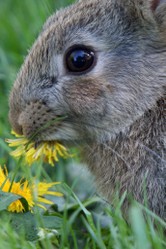
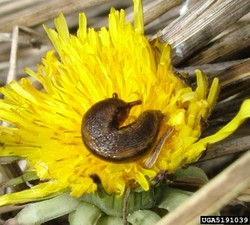
Comments
jptanabe, The deer may still hang around but they'll have to be quite determined or quite famished to invade gardens with barriers formed from these perennials.
With their olfactory sensitivity, they can detect a range of fragrances, so repugnant odors are intermingled with the agreeable aromas. It's the uncertainty of the bundle of scents which makes them hesitate and, usually, turn away.
Some great suggestions for keeping my yard looking good - and I'm sure the deer will still hang around!
Dustytoes, Such a treat to live next to a protected area in which deer in all likelihood feel safe and enjoy their food options. Sometimes, though, deer do seem to want to check out the neighborhood, to see what's growing on the other side of the fence.
Deer browse in the uncultivated area next to me. Fortunately they are satisfied with what nature offers them. But I also do have deer-proof perennials and shrubs, just in case.
Even though lamb's ears are often regarded as invasives, I've found them to be quite sensitive to their environment. The lamb's ears which sprouted on the north side of my east-facing porch do flower, but those which compete with a vast array of plants in the uncultivated area to the south of my house do not tend to flower.
Hopefully your lamb's ears will flower, for they really are lovely.
Right. That's a great point. Although if everybody did that, deer would probably get to eat those plants, too ;-)
Mira, Gardeners can get so frustrated with deer visitors in their gardens, and drastic measures end up being taken, such as chemicals and unsightly fencing.
It's nice to know that there's a gentler, greener solution to this issue. It's also an attractive solution.
You've added some fabulous photos of the plants deer will not eat. And I never knew that lambs ear got flowers - mine just grow close to the ground. Maybe they are not mature enough. Anyway, I live next to a protected area and the deer are abundant. I know they DO eat rhododendrons and love to chew the buds and leaves off all winter long.
Thanks for the info.
I really like this article. Such a great idea to use these plants to protect other flowers and vegetables.
Mira, Reams could probably be written about the etymology of foxglove. I thought about including a summary because it's so interesting and still puzzling, but I hadn't done that with any of the others, so I set the information aside with the idea of coverage in its own article.
Ethnobotany interests me, but I decided not to include the "medicine cabinet" profiles because of the focus on selecting plants which deter deer from gardens.
Your appreciation of and interest in plants are obvious. Nature is a joy to behold and to study.
I love your photos of plants. I learn new things about plants I know and discover others which are really nice to look at, and which I might consider planting. Right now I learned, for instance, about the Dutch Master daffodils, which I see a lot here in Romania, the Excelsior Group foxglove, an more. It made me curious to find out how these names originated.